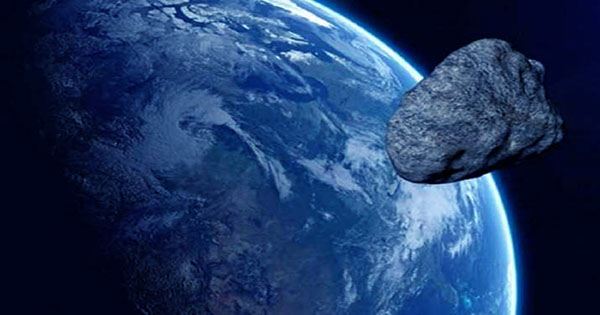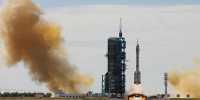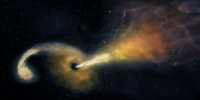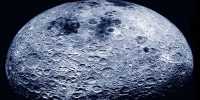NASA’s OSIRIS-Rex mission to study asteroid Bennu was a great success. It orbits the asteroid, collects samples to land and send home, and studies the space rock ever before. This mission is important because it helps us understand both the distant past of our solar system but the future of our planet because one-day Bennu could hit Earth. OSIRIS-Rex Bennu has spent two years studying one of the two most potentially dangerous asteroids in the solar system.
These close observations have improved our understanding of the future orbits of asteroids, narrowing the uncertainty about the possibility of collisions in the next few centuries, NASA said in a study published in the journal Icarus yesterday. In 2135, Bennus will be closer to Earth. The chances of an asteroid hitting us are very low but it is important to observe because the paths around our planet can change its orbit over time.

Prior to OSIRIS-RX, estimates ranged from 2175 to 2199 as the probability of a Bennu effect being 1 in 2,700. Thanks to the new data, the probability of reading the effect between now and the year 2300 is modified to about 1 in 1,750. The most probable date for the effect is September 24, 2182, and the probability of effect for that particular day is 1 in 2,700. While this is a slightly higher risk than past estimates, it is still a small change to already low risk. Lead author Davide Farnocchia, of the Center for Near-Earth Object Studies (CNEOS), which is managed by NASA’s Jet Propulsion Laboratory, said in a statement, “The OSIRIS-Rex data gives us much more precise information, we can test the limits of our model and confirm Bennu future trajectory at a very high level through 2135.”
“We haven’t modeled any asteroid orbits before this summer.” As Bennu approaches Earth in September 2135, the asteroid will not be in danger, but it will pass through a certain “gravitational keyhole”, a space region that will change its course towards Earth if it passes through them at certain times, the gravitational pull of the earth.
The team was able to refine that passage and, instead, improve its forecast of potential future impact over the centuries. “NASA’s Planetary Defense Mission is to find and observe asteroids and comets that could come close to Earth and pose a threat to our planet,” said Kelly Fast, program manager at NASA’s Near-Earth Object Observation Program.















